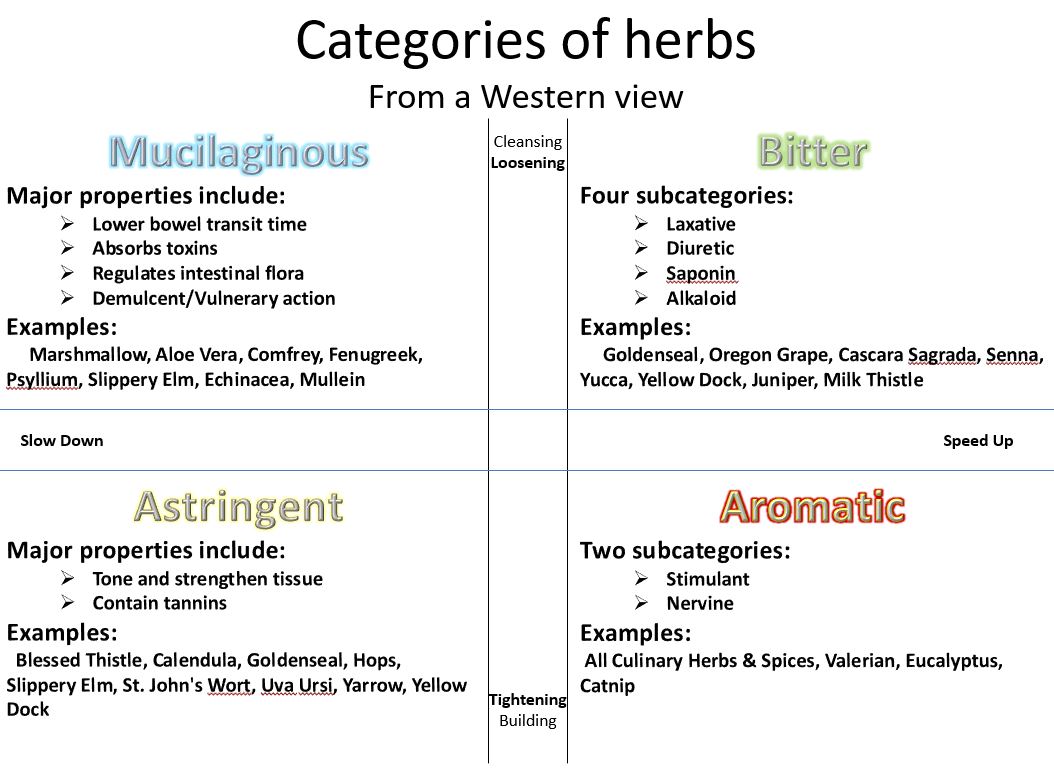
I know most of you take some form of prescription or over-the-counter drugs. I wanted to give some information on why herbs are different than drugs and how they are similar.
WHAT IS THE DIFFERENCE BETWEEN HERBS AND DRUGS?
The difference between herbal therapy and drug therapy is illustrated succinctly in the following quotation from the herbalist, Dr. Edward E. Shook.
Only an uneducated person would deny the existence of germs. We are prepared to admit that if the human body is in a debilitated condition and a highly concentrated cluster of pathogenic organisms are placed in contact with a vulnerable portion of the body, certain reactions are apt to occur equivalent to the disease attributed to that type of organism.
Right there, however, is the line of demarcation between orthodox medicine and natural healing. Orthodox medicine attempts to effect a cure by killing the infection with powerful inorganic drugs or by the injection of dangerous serums or vaccines…. The herbalist and natural healer, on the other hand, recognizes that disease, excluding trauma, is the result of violation, intentional or otherwise, of the laws of nature; that germs cannot exist in harmful numbers for any length of time in or on tissue whose life and vitality is high so that the only way the disease can be overcome is to aid nature in the healing process by the elimination of the poisons and toxins throughout the body’s natural channels and allowing the vitality to return to the body (Advanced Treatise on Herbology).
From 1959-1980, one out of every four prescriptions issued in the U.S. was derived from an herb. When over-the-counter medications are added, the percentage rises to well over fifty percent.
What are herbs?
- An herb is any part of a plant that has nutritional and medicinal values.
- Parts include:
–Bark (white oak bark, slippery elm bark)
–Flower (jasmine, passion flower)
–Fruit (capsicum)
–Leaf (red raspberry)
–Root (ginger, turmeric)
–Non-woody Plants (aloe)
What is medicine?
- (medical definition) Anything which enters the body and alters its structure or function.
- (lay definition) A dangerous and probably toxic substance that must be used with extreme care and only under professional supervision.
- Yes, technically, some herbs are medicine. Some drugs are even made from herbs. (Digitalis from foxglove and Aspirin from white willow bark)
Degrees of herbs:
- Ancient physician, Avicenna, categorized plants according to their degree of effect on metabolism.
–Heating = speeding up metabolic processes
–Cooling = slowing down the metabolic processes
- Metabolism consists of two parts:
–Anabolism or building up of tissue
–Catabolism or breaking down of tissue
First degree (also called foods)
- No discernible effect on the body (easily overwhelmed by natural bodily forces).
- Examples include: Onion, orange, meats, lettuce, potatoes, etc
Note, we think of foods as simple substances containing fats, proteins, carbohydrates, vitamins, and minerals. However, all natural foods are complex mixtures of chemical substances. For example, in the potato: More than 150 known chemical substances-plus many unknown substances, for example, solanine alkaloids, oxalic acid, arsenic, tannins, nitrates-all of which have no recognized nutritional benefits. Another example is Oranges, Orange oil: 42 chemicals including 12 alcohols, 9 aldehydes, 2 esters, 14 hydrocarbons, 4 ketones. Many of these substances in isolated forms would be toxic. Fortunately, the amounts of toxins contained in foods are extremely small and cause no ill-effects.
Additionally, there are nutritive herbs. These provide nutritive value. They are true foods and exert some mild medicinal effects such as fiber, mucilage and diuretic action. Most importantly, they provide the proteins, carbohydrates, and fats, along with vitamins and minerals necessary for good nutrition. Examples: Acerola, apple, asparagus, banana, barley grass, bee pollen, bilberry, broccoli, cabbage, carrot, cauliflower, grapefruit, hibiscus, lemon, oatstraw, onion, orange, papaya, pineapple, red clover, rose hips, spirulina, stevia, and wheat germ.
Second degree (also called medicinal foods)
- Some effect on body (in the end are overwhelmed by the body)
- Examples include: Lemon, parsley, garlic, turmeric, curry, cloves, bone broth etc
Third degree (also called medicine)
- Acts on body and overwhelms natural forces
- Examples include: Goldenseal, Cascara Sagrada, Echinacea
Fourth degree (also called drugs or poison)
- Poisons. Usually alter the metabolism so far as to cause death (very minute quantities with great skill).
- Examples include: All drugs, Belladonna, Foxglove, Pokeweed
This is why I do not take any drugs on a regular basis (and honestly haven’t taken anything in the fourth degree category in over 3 years). Yes, there is a time and a place for the big guns. However, it is probably overkill when done on a regular basis. With this said, I do NOT encourage you to change or discontinue any prescriptions without your physician’s knowledge, approval, and supervision.
Categories of herbs:

This chart shows the four categories of herbs in the Western model. Each type of herb has distinct properties. Astringents have tannins. Bitters have phenols and phenolic glycosides, alkaloids or saponins. Aromatics have a strong odor. Mucilaginous have polysaccharides.
A note about research:
- Drug companies rely on patents to recover the cost of proving new drugs. Spending $10 to $30 million is not uncommon.
- Naturally occurring substances like herbs cannot be patented. Therefore, “proving” their effectiveness through expensive research does not allow for a recovering of research expenses through profits.
- Companies like Monsanto are patenting food because they are changing it genetically to create their GMOs. This means it is no longer a naturally occurring substance.
- With this in mind, there is research out there. Do your own research and be your own judge.
As always, let me know if you have questions. Love, light, and happiness to all!
Dr. Hartford
